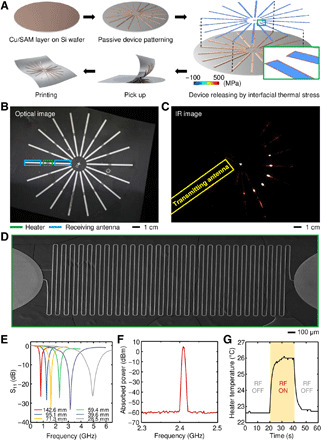Fig. 3. Wireless heater by multiscale dry transfer printing.

(A) Schematic illustration of the fabrication process for a wireless heater using multiscale dry transfer printing. FEA corresponding to wireless heater patterns formed on a Si wafer, where the colored box represents the von Mises stress concentrated at the edge of the device during the heating process. (B) Optical images of a wireless heater with multiscale patterns composed of a microheater (highlighted in the green colored box) and dipole antenna (highlighted in the blue colored box), which are dry-transferred onto transparent adhesive tapes. Photo credit: Seungkyoung Heo, Daegu Gyeongbuk Institute of Science and Technology. (C) IR images of the wireless heater during exposure to external electromagnetic energy. Selective heating occurs in heaters parallel to the direction of releasing factor (RF) energy radiation among radially arranged heater arrays. Photo credit: Seungkyoung Heo, Daegu Gyeongbuk Institute of Science and Technology. (D) SEM images of fine microheater patterns with a linewidth of 20 μm. Photo credit: Seungkyoung Heo, Daegu Gyeongbuk Institute of Science and Technology. (E) S11 of a wireless heater with different antenna lengths. (F) Absorbed electrical power measured from an individual antenna at a resonant frequency of 2.4 GHz. (G) Transient behavior in the temperature of the heater element under wireless electromagnetic irradiation. The irradiation of RF energy controls the temporal heating and cooling features of the heater.
